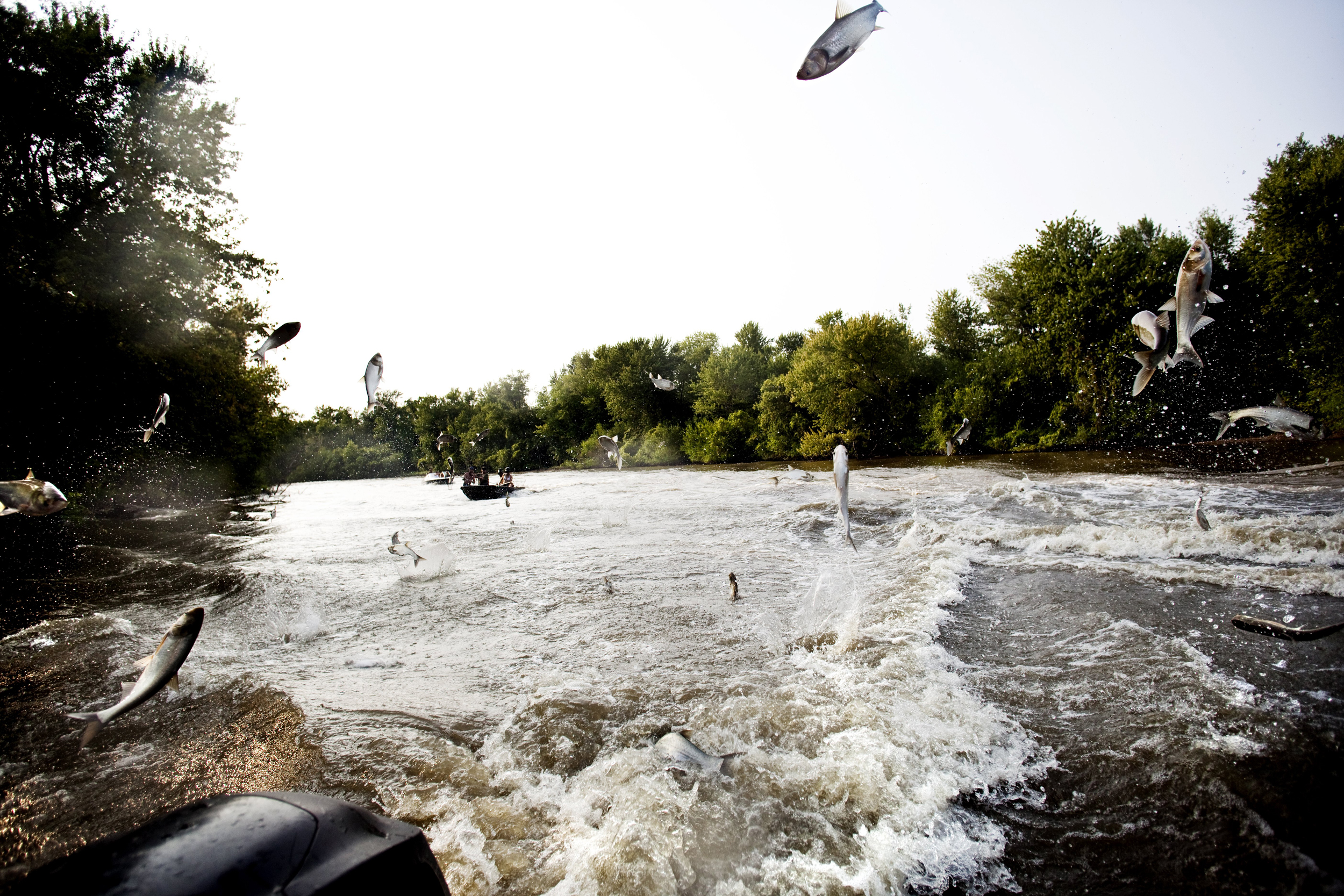The Great Lakes: Safeguarding North America's Freshwater Treasure
The Great Lakes form the largest group of freshwater lakes on Earth, holding about 21% of the world's surface fresh water. This interconnected system—comprising Lakes Superior, Michigan, Huron, Erie, and Ontario—has shaped economies, nature, and communities for centuries. But today, these iconic lakes face threats that could alter their future.

Why the Great Lakes Matter
The Great Lakes supply drinking water to over 40 million people. They support a multi-billion dollar fishing industry, enable transport, and are home to countless species of plants and animals. These lakes also play a critical role in climate regulation across the Midwest and Northeast.
Current Threats: Invasive Species and Policy Challenges
Among the most urgent challenges facing the Great Lakes are invasive species, particularly bighead and silver carp. These invasive fish outcompete native species, disrupting fragile ecosystems and threatening biodiversity. The Brandon Road Lock and Dam project in Illinois represents a crucial effort to keep these invasive carp out of the lakes.
Recently, construction to install new barriers was delayed as Illinois' governor sought assurances from the federal government regarding funding. Experts worry that any delay increases the risk of invasive carp establishing breeding populations, which could cause permanent damage to the Great Lakes ecosystem. Learn more about the ongoing project delays and their potential impact at Inside Climate News.
Funding and political disputes have further complicated the situation. Although construction contracts for essential infrastructure have been awarded, progress depends on federal guarantees. For more details on construction developments, explore the DVIDS press release. The project’s outcome will significantly influence the future health of the Great Lakes.
Innovative Solutions and Collaborative Action
Protecting the Great Lakes requires more than barriers against invasive species. Success depends on cooperation among state, federal, and local governments, as well as support from environmental organizations and concerned citizens. The carp barrier project features sophisticated technologies, including acoustic deterrents and electric barriers, designed to halt the spread of destructive species without impeding essential waterway traffic.
Political collaboration is essential, but not easy. Illinois and Michigan have shared the costs for project planning and implementation, illustrating what can happen when states work together. For a closer look at the political dynamics and leadership roles, see this report from mlive.com.
The Path Forward: Community Engagement and Stewardship
The Great Lakes' future depends on proactive solutions guided by science and policy. Every stakeholder, from government officials to grassroots advocates, plays a part in preserving this vital resource. You can support the lakes by staying informed and advocating for science-based initiatives. The path to protecting the Great Lakes is challenging but crucial for future generations.
Preserve the legacy of the Great Lakes. Share information, voice your support for critical projects, and help ensure North America's freshwater crown jewels thrive for centuries to come.